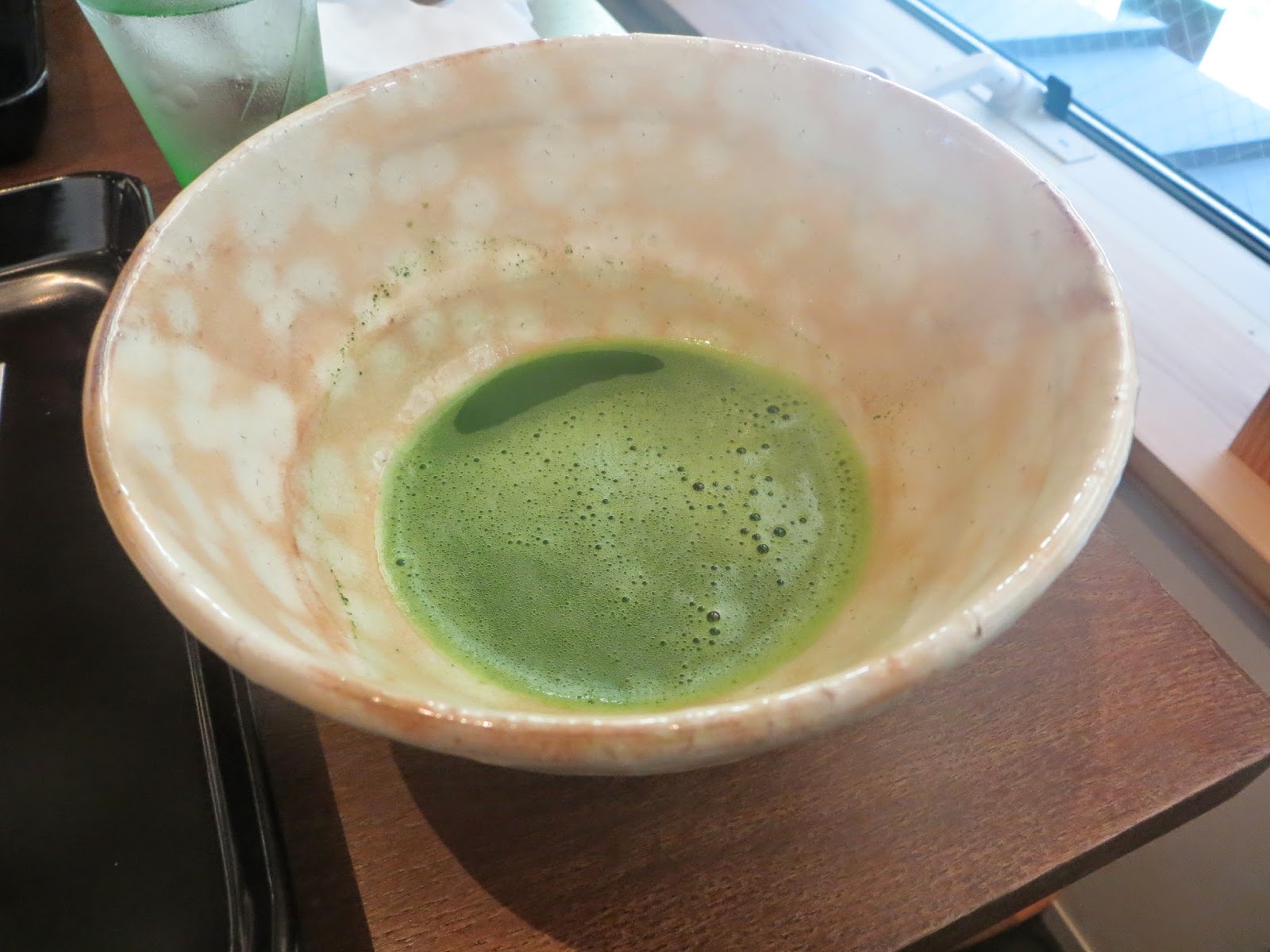During our stay in
Osaka last spring, we made a side trip to the ancient capital of
Nara. Nara was the first permanent Japanese capital, beginning from the year 710, and remained the capital for a total of 74 years.
We hopped on the JR train from Osaka Station and made it to Nara approximately 50 minutes later. From the JR Nara Station, we rode the bus headed towards the sights around Nara Park. The park is home to a thousand gentle, free-roaming deer. They are quite friendly and like to say hello to all of the tourists.
Our first sight of the day was Todai-ji Temple. Todai-ji is home to Daibutsu-den Hall, which houses a Great Buddha (Daibutsu).
 |
| Daibutsu-den Hall |
Daibutsuden was destroyed several times throughout the years by earthquake and other natural disasters. Even still, it is the largest wood structure in the world and is a beautiful, impressive sight to behold.

Located inside the Hall is one of Nara's most famous attractions: The Great Buddha. In fact, this Buddha is the largest bronze Buddha in Japan at a height of over 50 feet!
To the back of the Hall is a large wooden column with a hole in it. The hole is said to be the same size as the Great Buddha's nostril, and if you can squeeze through the hole, you will reach enlightenment. This is something that neither Raisin Bread nor I attempted!
Instead, we decided to purchase some fortunes. After paying for your fortune, you pick up a metal cannister and shake it until a wooden stick comes out. The stick will have a number on it that corresponds to a piece of paper with your fortune written out on it.
Hmmm....My fortune to the left and Raisin Bread's to the right. It's a good thing we compliment each other!
Our next stop of the day led us through the woods to
Nigatsu-do to enjoy the spectacular view.
We were famished from our journey, sight-seeing and walking, so lunch was in order. We enjoyed some warm tempura soba on this cold and dreary day at Kasugano, a combination souvenir shop and cafe.
There were quite a few restaurants and shops on this stretch. Many sold "deer cookies" that are meant for the local furry residents.
We made our way next to Kasuga Taisha, a Shinto shrine established at the same time as the capital.
We arrived at a fortuitous time because not one, but two Shinto wedding processionals were occuring just as we were there.
Kasuga Taisha is also famous for its hundreds of bronze lanterns that hang from the temple buildings...
and for its stone lanterns that line the shrine property and the path leading to the shrine.
After leaving the shrine, we continued through the park and noticed an older gentleman sketching a building and the cherry blossom trees in Nara Park.
Even the deer seems quite impressed.
Our last main stop of the day was Kofukuji Temple. The temple complex houses several different buildings of importance, including a five-story pagoda, which is the second-tallest pagoda in Japan.
 |
| Five-story pagoda |
 |
| Kofukuji - Octagonal Hall |
We also visited the Treasure House which had on display many of the original statues and artworks from the temple's buildings.
What was to be our final stop of the day was Naramachi, a former merchant district. The notable thing about this part of town is the traditional wooden buildings that have been preserved to this day.
We were even able to enter one of the homes. Koshi-no-Ie is open to the public and shows how these merchant homes where utilized as both a shop and living space.
As our day trip to Nara drew to a close, we headed back towards the train station and took in some last pieces of the lovely former capital.
 |
| Nara manhole cover |
 |
| Cartoon of deer eating deer cookies |
We opted for one final stop. We passed by this beautiful-looking tea house, which I missed the name of, that seemed too good to forgo so we went in from the chilly outdoors to enjoy a sweet and cup of matcha.
It was the perfect ending to our day in Nara.















































































